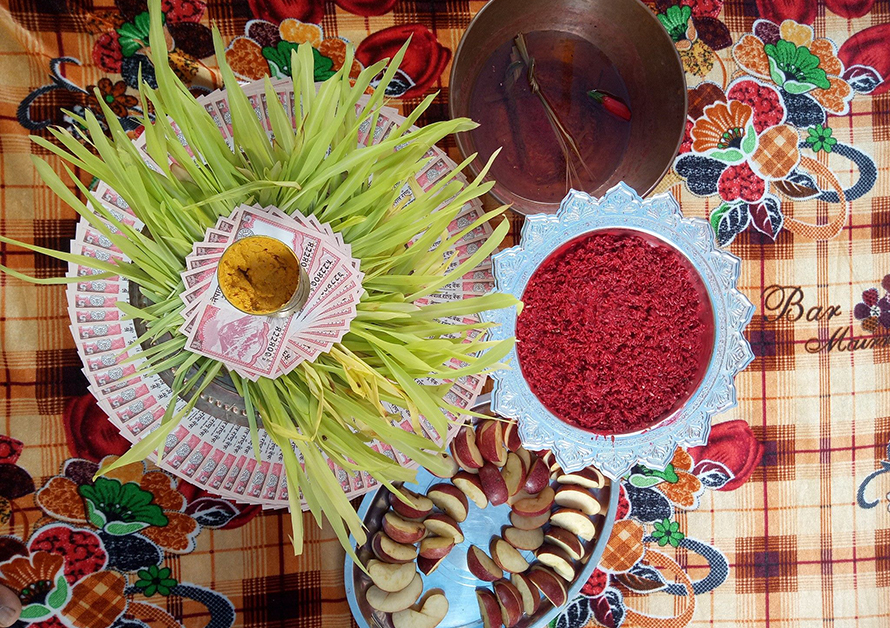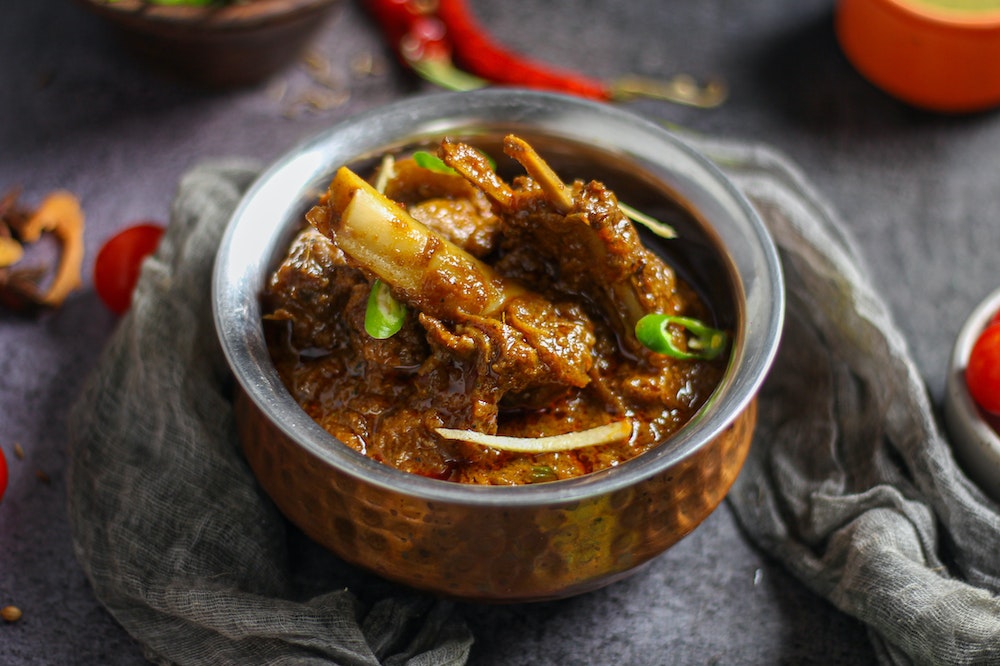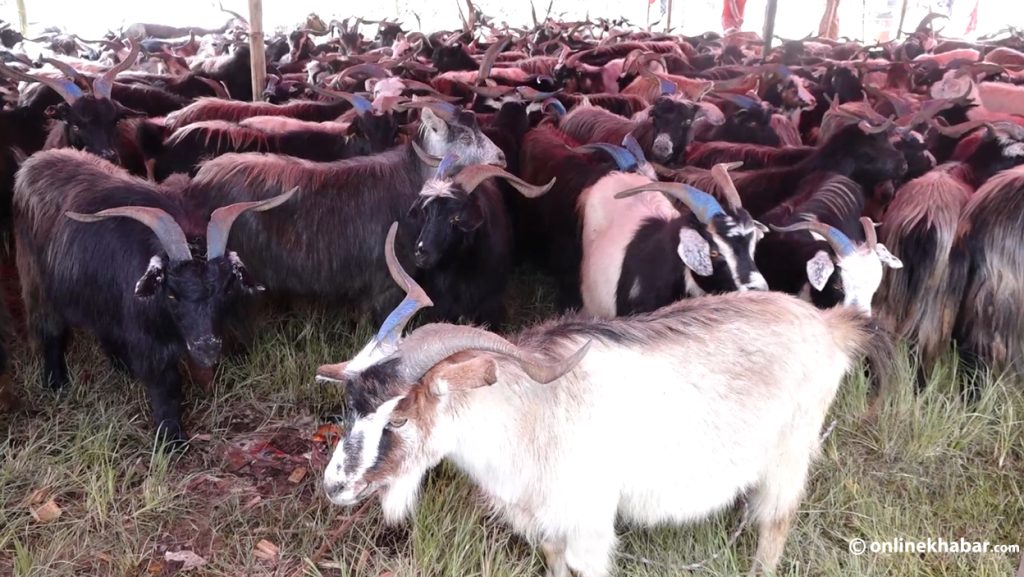Dashain, the most awaited festival of most Nepalis, is already here. Dashain is famous, and, at the same time, infamous for so many reasons.
But, what’s Dashain without dakshina? Dakshina is the most enticing factor of this festival for many, especially children. People say no one should put tika with an empty hand (without giving or receiving dakshina). But, nowadays, it has become more of a money-spinning opportunity for a generation because most young Tika recipients care more about the handsome dakshina, rather than blessings.
Dakshina makes Dashain quite interesting. For some young folks, collecting dakshina is the biggest motivation for receiving tika (the mixture of rice grains, vermilion and curd) and jamara (young yellow seedlings of barley), which represent the blessings of Devi, the goddess of power, while some elders might have hard times managing dakshina and living up to the expectations of juniors. Some elders give dakshina with open hands while some tighten the supply in envelopes.
Because dakshina is an inevitable part of the greatest festival of Nepalis, let’s look at dakshina from different perspectives. Tell us how many of them you can relate to.
1. New notes
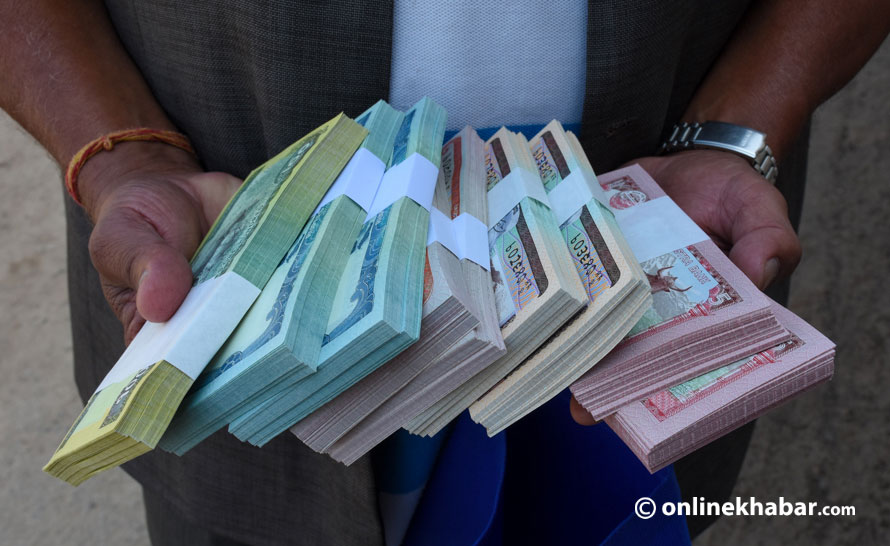
Not only does the general public care for dakshina of Dashain, but the government of Nepal also does. In fact, considering the economy of dakshina, every year, prior to some weeks of Dashain, the central bank distributes new banknotes for use during Dashain as Dakshina.
People can be seen seeking help from their relatives, friends and acquaintances from banks and financial institutions to exchange the old notes with the new ones. Meanwhile, long queues of people can be seen outside banks and cooperatives for new notes.
2. Setting targets

Dashain seems to be the festival of money for some. Even before the festival starts, some set the target to pocket dakshina while some do not even care. For example, last Dashain, Sudikshya collected Rs 6,000, visiting 20 houses of her extended families and was very happy; after all, the amount she pocketed was much more than what she had planned to hit.
3. Lasting impressions

Not only children, but the married couples also expect to pocket more or at least cover their spendings on transport fare and gifts from the dakshina they collect. For some people, whether s/he will visit the house next year for Dashain also depends on the dakshina received this year.
In the case of newly married couples, the money they receive as dakshina can be one of the crucial factors in judging each other’s families and relatives. And, sometimes, it also gives a chance to pull each other’s leg.
4. The rush to know
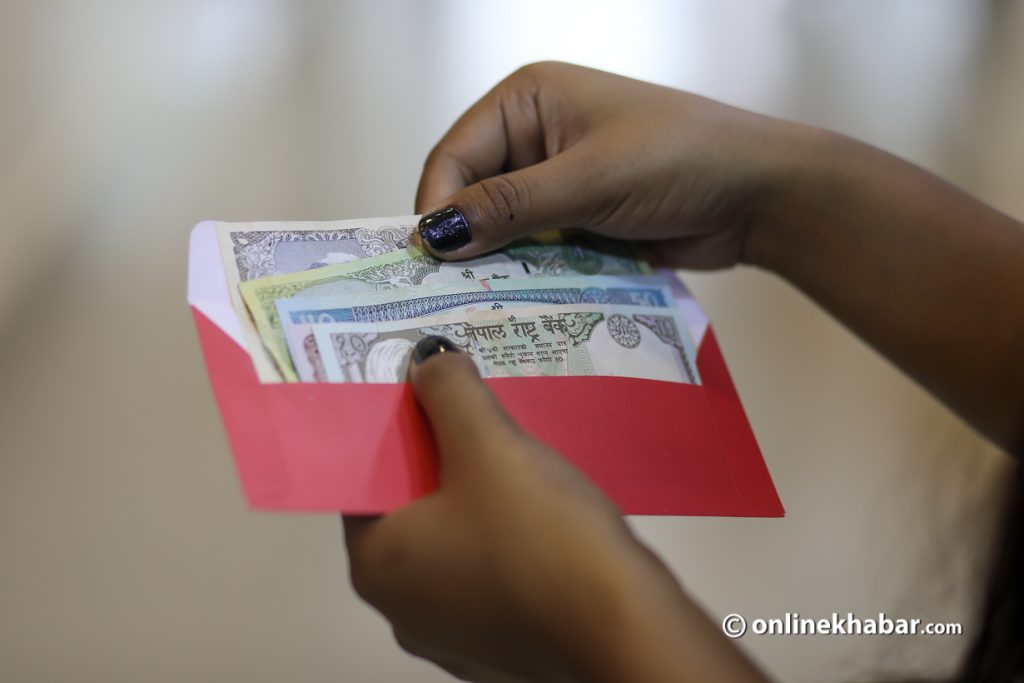
Some grasping people get totally indulged in counting how much they had made during the tika and comparing it with others. Calculating the profitability of receiving tika, they visit the family accordingly.
In fact, there often occurs a rift between parents and children as the parents tend to limit the visits to a few families and relatives as possible considering the cost of fare and gifts whereas children want to visit as many families and relatives as possible, calculating the profitability of the dakshina they receive.
5. So, how much?

The rate of dakshina varies from Rs 5 to Rs.1000 and even more. The younger ones usually get as low as Rs 20 and the dakshina increases accordingly as per the age of the person, starting from Rs 50.
5. The hierarchy of dakshina

What is more interesting about dakshina is how hierarchy influences the amount. The amount differs as per age, gender, marital status and relationship.
In most cases, the girls and women usually receive more money as dakshina as compared to their male counterparts. For example, parents give dakshina to their daughters whereas sons have to pay their parents back.
However, the receiver’s relationship with the one putting tika is also very significant in determining the amount. The son-in-law of the family receives special treatment during Dashain. He receives the highest amount set by the family, mostly inside an envelope.
6. What’s in an envelope?
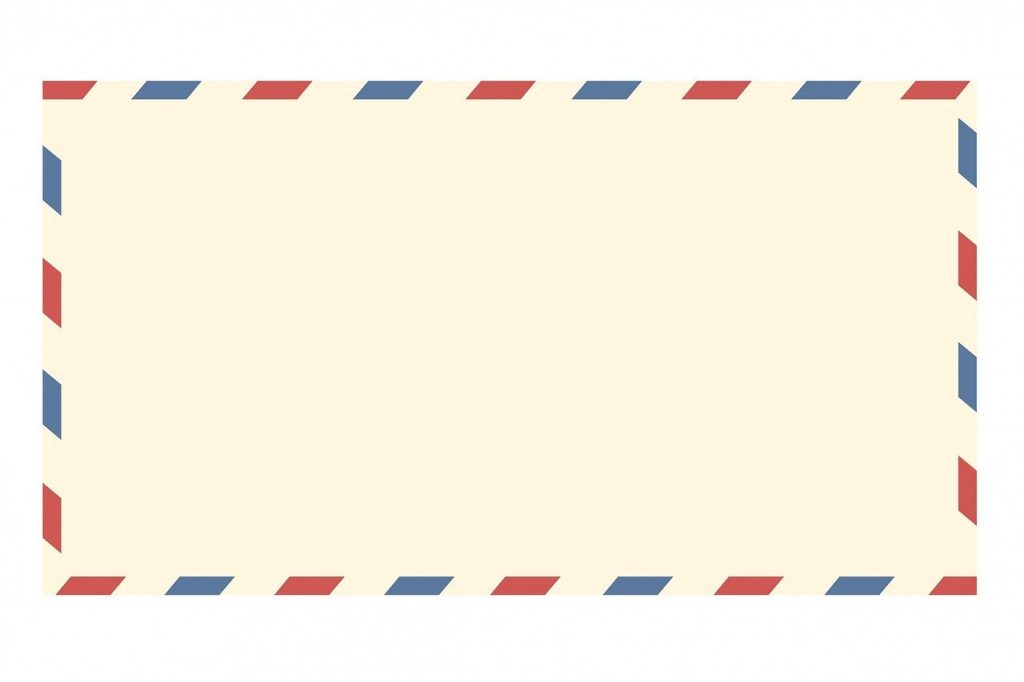
You know getting dakshina in an envelope signifies great respect and hospitality in most Nepali households.
Besides, bhanja-bhanjis (children of sisters) also get dakshina in envelopes in some families.
7. The gossip-maker

The total amount collected as dakshina also becomes something important to talk about with your siblings, cousins and spouses in the family during Dashain visits. And, it does not end here. It gets stretched to the biggest chit-chat issue among friends in schools and colleges after Dashain.
By the way, have you set any dakshina target for this Dashain?
________________________________________________________________________________________________________________
Originally published on October 24, 2023





